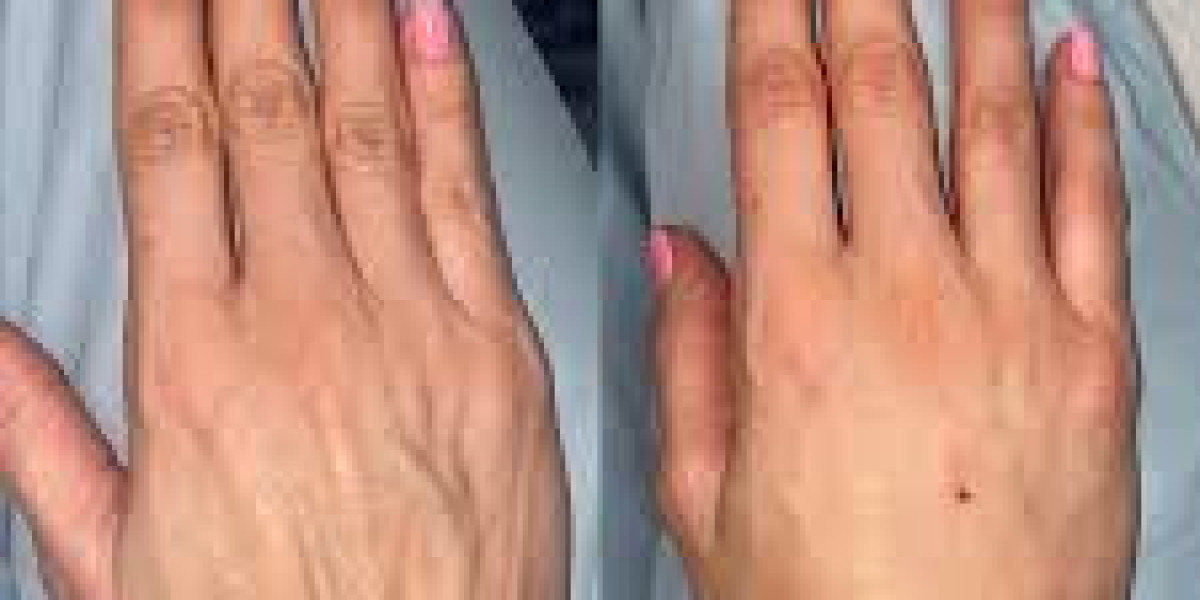The global Automotive Airbag Market is expected to experience robust growth, with a projected compound annual growth rate (CAGR) of 4.4% over the forecast period. In 2023, the market was valued at USD 12.2 billion and is anticipated to reach approximately USD 35 billion by 2033.
Several factors are driving the adoption of automotive airbags. The introduction of new premium and mid-range passenger vehicles equipped with standard airbags is a significant factor. Additionally, the increasing demand for safety features across various vehicle types is expected to boost market growth in the coming years.
Rising disposable incomes among the expanding middle class and increasing urbanization are likely to drive higher automobile sales, further accelerating the growth of the global automotive airbag market.
Curtain airbags, designed to protect the head and neck of passengers and drivers in side-impact collisions, are increasingly utilized in vans, SUVs, and other vehicle types to enhance safety. Stringent safety regulations across different vehicle categories are contributing to market expansion. This is expected to lead to a higher demand for automotive airbags in heavy-duty trucks and compact cars.
The healthcare sector also presents significant opportunities for the automotive airbag market. Airbags that protect patients’ heads and necks during unforeseen collisions are being incorporated into ambulance designs, which include sensors that deploy additional protection post-accident. These advancements are likely to create innovative opportunities within the market.
In the United States, the Intermodal Surface Transportation Efficiency Act of 1998 mandates front rider and passenger airbags in all automobiles and light commercial vehicles, driving up demand for airbags. Furthermore, a recent GSR Notification by Road Transport and Highways Minister Nitin Gadkari, requiring a minimum of six airbags in vehicles carrying up to eight occupants, is expected to further boost market demand.
However, challenges persist. In developing countries, airbags are often considered less critical by vehicle owners. Consequently, many manufacturers offer low-cost airbags just to meet safety regulations, which can compromise passenger safety and durability. Addressing these issues—such as eliminating subpar airbag manufacturers and managing the high costs associated with airbag systems—remains crucial for the growth of the market.
In-Depth Market Analysis: A Complete Report
Key Takeaways:
- During the forecast period, India is expected to account for the largest share of the global automotive airbag market. The market in this region is expected to rise since automobile and auto-component manufacturers believe India to be one of their favoured economies for setting up manufacturing plants. Moreover, various companies have collaborated with a local carmaker to export the cars in conformity with government regulations.
- The hair dryer market in the North America is predicted to develop rapidly, particularly in the U.S., during the projected period. This is attributed to rising government rules for vehicle safety and standards, quick adoption of new technology, and major investment in product innovation. Furthermore, frontal airbags have been required standard equipment for all passenger automobiles and light commercial vehicles in North America since 1998 due to strict regulation implementation.
- Owing to increasing driver safety issues and burgeoning passenger vehicle manufacturing, the “passenger” vehicle type is expected to hold the greatest revenue, through the forecast period.
- As it provides superior physical features such as increased impact resistance, decreased density, and a high specific heat capacity, the “nylon” yarn type, accounts for a significant share and is the most preferred type.
Competitive Landscape:
The global automotive airbag market share is experiencing a transformational period as a result of technological breakthroughs and various innovations. The creativity that goes into the production of hair dryers is predicted to continue attracting clients, creating enormous chances for major suppliers to leverage on such expanding trends and launch fresh product lines.
KEY PLAYERS:
Autoliv Inc., Takata Corporation, Daicel Corporation, Denso Corporation, Hyundai Mobis Co. Ltd., Toyoda Gosei Co. Ltd., ZF Friedrichshafen AG, Kolon Industries, Toray Industries Inc., Porcher Industries SA, Nihon Plast Co. Ltd., Delphi, Wacker Chemie AG, Hyosung Co., Toyobo Co. Ltd.
Recent Developments:
- In November 2021, Autoliv, Inc., a supplier of automotive safety systems, and SSAB, a global steel manufacturer, have begun working together to research and create fossil-free steel components for car safety goods such as airbags and seatbelts.
- In 2020, Hyundai Mobis Co. Ltd., acquired the semiconductor division of Hyundai Autron. This acquisition is expected to provide the capability to develop semiconductors for the automotive industry and supply them system controls on a systematic basis.
Automotive Airbag Market by Category
By Vehicle Type:
- Passenger Car
- Light Commercial Vehicle
- Heavy Commercial Vehicle
By Product Type:
- Driver Airbag
- Passenger Airbag
- Side Airbag
- Curtain Airbag
- Knee Airbag
- Other Airbags
By Coating Type:
- Neoprene
- Silicone
- Non-Coated
By Yarn Type:
- Nylon
- Polyester
By Sales Channel:
- Original Equipment Manufacturers (OEMs)
- Aftermarkets
By Region:
- North America
- Latin America
- Eastern Europe
- Western Europe
- Asia Pacific excluding Japan
- Japan
- Middle East and Africa (MEA)















